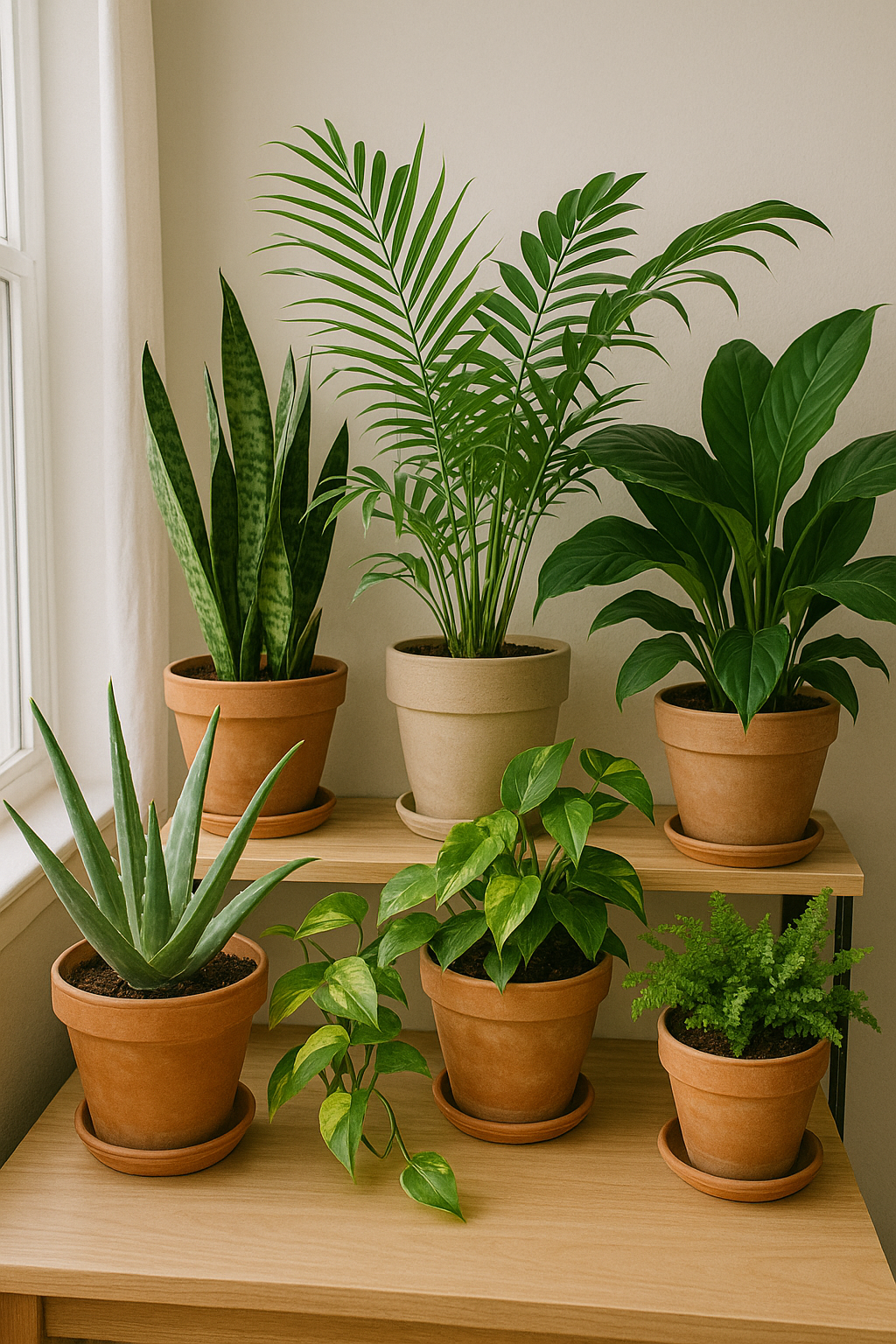Indoor plants bring life, beauty, and freshness into any home. They improve air quality, boost mood, and can even make a space feel more welcoming. However, keeping them healthy requires more than just occasional watering. Each plant species has its own needs, and understanding these basics can make all the difference in helping your greenery flourish year-round.
Know Your Plant Types
Before you can care for your plants properly, you need to know what types you have. Some common indoor plant categories include:
- Low-Light Plants – Snake plant, ZZ plant, pothos.
- Bright Indirect Light Plants – Peace lily, philodendron, spider plant.
- Direct Sunlight Plants – Succulents, cacti, jade plant.
Each type has different requirements for light, water, and humidity. Keeping plant tags or doing a quick online search for each plant will help you tailor your care routine.
Light Requirements Matter
Light is one of the most important factors in plant health. Position your plants according to their light needs:
- Direct sunlight – Place near south- or west-facing windows.
- Bright indirect light – Use east-facing windows or filter light with sheer curtains.
- Low light – Keep in areas with limited natural light, such as hallways or offices, but avoid complete darkness.
If your home lacks sufficient light, consider using grow lights to supplement natural sunlight.
Water Wisely
Overwatering is one of the most common causes of indoor plant problems. A good rule of thumb is to water only when the top inch of soil feels dry for most plants. For succulents and cacti, let the soil dry completely between waterings.
Always use pots with drainage holes to prevent water from sitting at the bottom and causing root rot. Empty saucers after watering so plants don’t sit in excess moisture.
Monitor Humidity Levels
Some plants, like ferns and tropical varieties, thrive in higher humidity. If your home’s air is dry—especially in winter—try these solutions:
- Group plants together to create a microclimate.
- Use a humidifier in the room.
- Place a tray of water near plants (without letting the pots sit in the water).
- Mist leaves lightly for humidity-loving plants, avoiding overdoing it to prevent fungal issues.
Feed Your Plants
Plants need nutrients to grow, and potting soil nutrients are eventually depleted. Use a balanced, water-soluble fertilizer during the active growing season (spring and summer) according to the product’s instructions. Reduce or stop fertilizing in fall and winter when growth slows.
Keep Leaves Clean
Dust can block light from reaching plant leaves, reducing their ability to photosynthesize. Wipe leaves gently with a damp cloth every few weeks, or give them a gentle shower to remove dust and pests.
Prune Regularly
Pruning keeps plants looking tidy and encourages new growth. Remove yellowing or dead leaves promptly, and trim back leggy stems to maintain shape. For flowering plants, remove spent blooms to promote more flowers.
Repot When Needed
Over time, plants can outgrow their containers. Signs they need repotting include roots growing through drainage holes, soil drying out very quickly, or stunted growth. Choose a pot one size larger and refresh with fresh potting mix suited to the plant’s type.
Watch for Pests
Indoor plants can attract pests like spider mites, mealybugs, and fungus gnats. Inspect plants regularly, especially the undersides of leaves. If you notice pests, isolate the plant and treat it with insecticidal soap, neem oil, or other safe remedies.
Rotate Plants for Even Growth
Plants naturally grow toward the light. Rotate them every few weeks so all sides receive equal exposure, keeping them balanced and healthy.
Adapt Care Seasonally
Your plant’s needs will change with the seasons. In winter, growth slows, so you’ll likely need to water less and provide supplemental light. In spring and summer, increase watering and fertilizing as plants become more active.
Benefits of Keeping Indoor Plants
Caring for indoor plants goes beyond aesthetics—they can:
- Improve air quality by filtering toxins.
- Boost mood and reduce stress.
- Increase productivity in workspaces.
- Add natural beauty and texture to any room.
Final Thoughts on Indoor Plant Care
Keeping indoor plants thriving is about understanding their unique needs and providing consistent care. By giving them the right amount of light, water, nutrients, and attention, you’ll enjoy healthier, more vibrant greenery that enhances your home for years to come.

